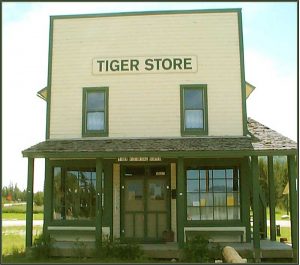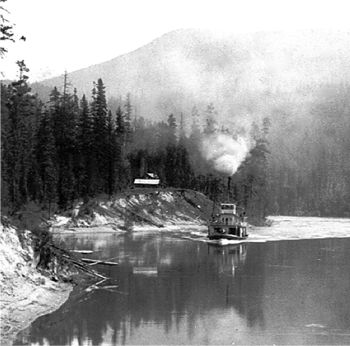Tiger USA

Tiger Historical Center/Museum: The historic (1912) Tiger Store, museum, gift shop, blacksmith reproduction display and rest stop, is the Visitor Information Center for the North Pend Oreille Scenic Byway and the surrounding area. Open Memorial Day through September The rest stop is open 24 hours/day–outdoor information kiosk. See our website for more information.
 International Selkirk Loop
International Selkirk Loop  Tiger can be found at the junctions of Highways 20/31, four miles south of
Tiger can be found at the junctions of Highways 20/31, four miles south of